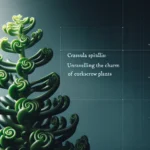Introduction to Crassula Umbella
Welcome to the charming world of Crassula Umbella, also known as the ‘Wine Cup’ succulent. This plant is a treasure trove of delight for succulent lovers, sprouting with a charisma that lights up any collection. But what is it about this succulent that captivates and captures the hearts of green thumbs and novices alike?
Native to the rocky terrains of South Africa, Crassula Umbella has adapted to thrive in arid conditions, storing water within its waxy, vibrant leaves. These are not your run-of-the-mill green leaves, no. Shaped like tiny wine cups, the leaves exhibit a masterful blend of form and function. Imagine a plant so quirky that each leaf appears fashioned by playful nature itself to hold the morning dew. It’s this enchanting physical appearance that draws a gaze and keeps it locked in wonder.
Why does Crassula Umbella stir such excitement among enthusiasts? Is it the way it defies conventional plant forms, or how it seems to have wandered out of a Dr. Seuss book? Perhaps it’s the ease of care that allows even those with the busiest of lives to cultivate a lush indoor oasis. For insightful tips on taking care of this fascinating succulent, make sure to check out this comprehensive guide. Like any enthralling story, the tale of the Wine Cup succulent is one to be shared and celebrated.
Here’s the kicker: the sheer adaptability of Crassula Umbella is a live tutorial on resilience. This dainty succulent is a humble show-off that pleases without fuss—requiring minimal water, relishing bright, indirect light, and practically insisting on well-draining soil. Bingo! You’ve got yourself a quiet but striking statement piece in your home or garden.
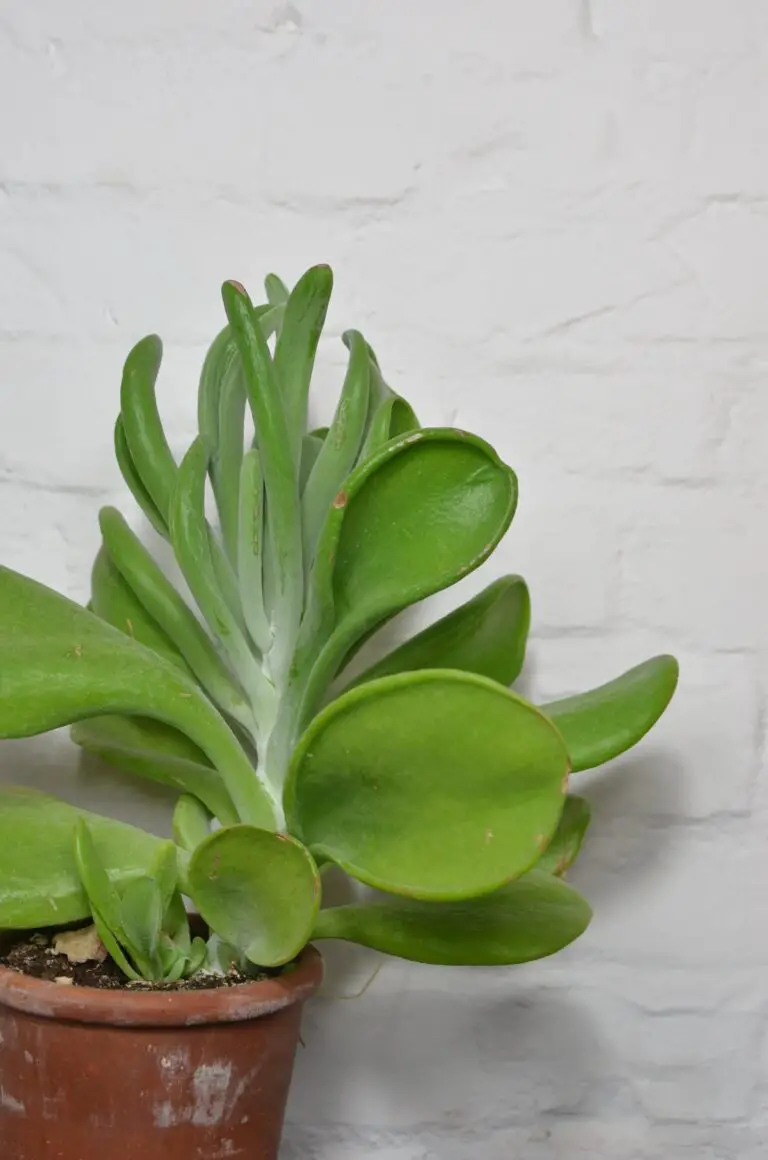
Each encounter with Crassula Umbella moves beyond mere horticulture—it’s an infusion of nature’s whimsy into daily life. Its subtle charm serves as a conversation starter, an element of surprise for first-time viewers, and a perennial source of joy for seasoned plant connoisseurs. So let’s continue to peel back the layers of this gardening gem as we unearth the secrets to its care and become better acquainted with its spirited essence.
Caring for Your Crassula Umbella
Welcome, succulent enthusiasts! If you’ve recently adopted a Crassula Umbella—also fondly known as the “Wine Cup” succulent—then you’re in for a delightful journey. This section is your go-to guide for fostering a vibrant, lush Crassula Umbella. Let’s dive into the nitty-gritty of effective care tips, ensuring your succulent friend not only survives but thrives.
Imagine stepping into a friend’s home and being greeted by a flourishing Crassula Umbella, its unique cup-shaped leaves stealing the spotlight. That eye-catching spectacle could be yours with the right care routine. Foremost, your succulent craves consistency in watering—let the soil dry out completely before you water again, mimicking the natural arid conditions it loves. Visualize the desert’s sporadic rainfall: that’s the rhythm your Wine Cup wishes to follow.
Creating the Ideal Micro-Climate
Temperature is another pivotal factor. This succulent doesn’t fancy the cold; it prefers staying cozy within the range of 60°F to 85°F (15°C to 29°C). Remember, if you’re shivering or sweating, chances are, so is your Crassula Umbella. Avoid placing it near drafty windows or the blasts of an AC unit. Instead, give it a spot where the temperature is as stable as a seasoned baker’s oven.
Succulents in general are sun-worshippers, and the Wine Cup is no exception. It revels in a bright location with ample sunlight. If you’re unsure about the amount of light it’s getting, imagine your plant on a beach holiday—it should get enough sun to ‘tan,’ but not so much that it gets a ‘sunburn.’
A common concern is over- or under-watering, which can lead to a quick downfall for your leafy friend. It’s like making a perfect cocktail: the right mix is crucial. When in doubt, opt for less water rather than more. You can often salvage an under-watered Crassula with some TLC, but an over-watered one might be beyond rescue, succumbing to root rot.
To secure its longevity and vibrant appearance, don’t miss out on reading our ultimate guide to succulent care, as it complements the essentials we’ve shared here. Remember, crafting the right environment for your Crassula Umbella is much like throwing a fabulous dinner party—it’s all about creating the perfect atmosphere for your guest to flourish. Take these tips, and you’ll be well on your way to being the toast of the succulent society!
The Ideal Soil Mix for Crassula Umbella
Unearth the secrets to the perfect soil composition to ensure your Crassula Umbella has a healthy root system and adequate drainage. Envision this—a master chef crafting the ideal recipe for a gourmet meal. Now, imagine yourself as the maestro of mixology for the ultimate soil blend that your Crassula Umbella, also known as the Wine Cup succulent, will absolutely adore!
Let’s dive into what makes a soil mix ‘ideal’. While some plants are forgiving, Crassula Umbella desires a well-aerated, porous mix. A concoction that mimics the loose, rocky soils of its native habitat is what we’re aiming for. Core components such as peat moss or coconut coir provide moisture retention, while ingredients like pumice or perlite ensure aeration and water flow.
Imagine you’re preparing a fancy dinner and you know exactly how your guests like their steak—well, your Crassula Umbella is just as particular about its soil. The perfect blend involves one part organic material like the aforementioned coir or moss, and one part inorganic matter for that essential drainage. Think about a scenario where a sudden downpour hits: you wouldn’t want your succulent’s roots to drown in a soggy pot, just like how no one likes waterlogged fries!
But let’s not forget the real-life implications of our soil stories. For instance, say your kitchen is the bustling heart of your home where you’ve accidentally overwatered houseplants due to the chaos of cooking. With a tailored soil mix, Crassula Umbella, much like a well-designed kitchen, can handle the spills and thrills of its environment.
And where can you stumble upon more of these insightful nuggets? Dive into our guide to succulent soil for groundbreaking tips to perfect plant growth, ensuring your green friends are just as resilient as your family’s heirloom cast-iron skillet!
Inspired to create the ideal home for your Wine Cup succulent? Here’s a video that walks you through the essentials of crafting the perfect soil mix. Let’s get our hands dirty and give Crassula Umbella the gourmet foundation it craves.
Sunlight and Positioning: Thriving Conditions for Crassula Umbella
Unlocking the full potential of your Crassula umbella, affectionately known as the Wine Cup Succulent, is a matter of orchestrating the perfect ballet of light and space. As a proud plant parent, it’s crucial to understand the golden rules of sunlight exposure. Too little, and your succulent could languish in the shadows, stretching eerily towards the nearest light source. Too much, and its delicate tissues might protest with unsightly burns.
Imagine your Wine Cup Succulent as a sunbather, lounging lazily in the diffused morning light. This is their spa moment, the time when gentle, indirect rays kiss their leaves, kickstarting their photosynthetic day without overwhelming them. It’s this kind of light that ensures your Crassula umbella maintains its robust structure and vibrant hues, embodying the health and vigor every succulent enthusiast dreams of. Remember, the ideal positioning is akin to a spot under a lacy tree canopy rather than the harsh, midday desert sun.
For those living in less sunny realms or facing the challenges of a north-facing window, fret not! Your green companion can still thrive with the aid of a grow light. When placed correctly, these artificial suns can bathe your Crassula umbella in life-giving lumens, ensuring it never pines for the sun’s embrace. The secret is positioning the light no further than a foot or two away, creating a cozy, well-lit nook for your succulent’s pleasure.
Speaking of pleasure, let’s not forget the pure delight of breathing in the serene ambiance that only a well-placed succulent can provide. If you’re keen to explore more about the wondrous world of succulents, including our beloved Wine Cup, allow yourself to be seduced by the cornucopia of knowledge waiting for you.
Navigating your Crassula umbella‘s needs might seem daunting, but with a little wisdom on sunlight and positioning, you’ll soon witness your succulent flourishing. Just like any living organism, finding its sweet spot under the sun is the difference between surviving and positively thriving.
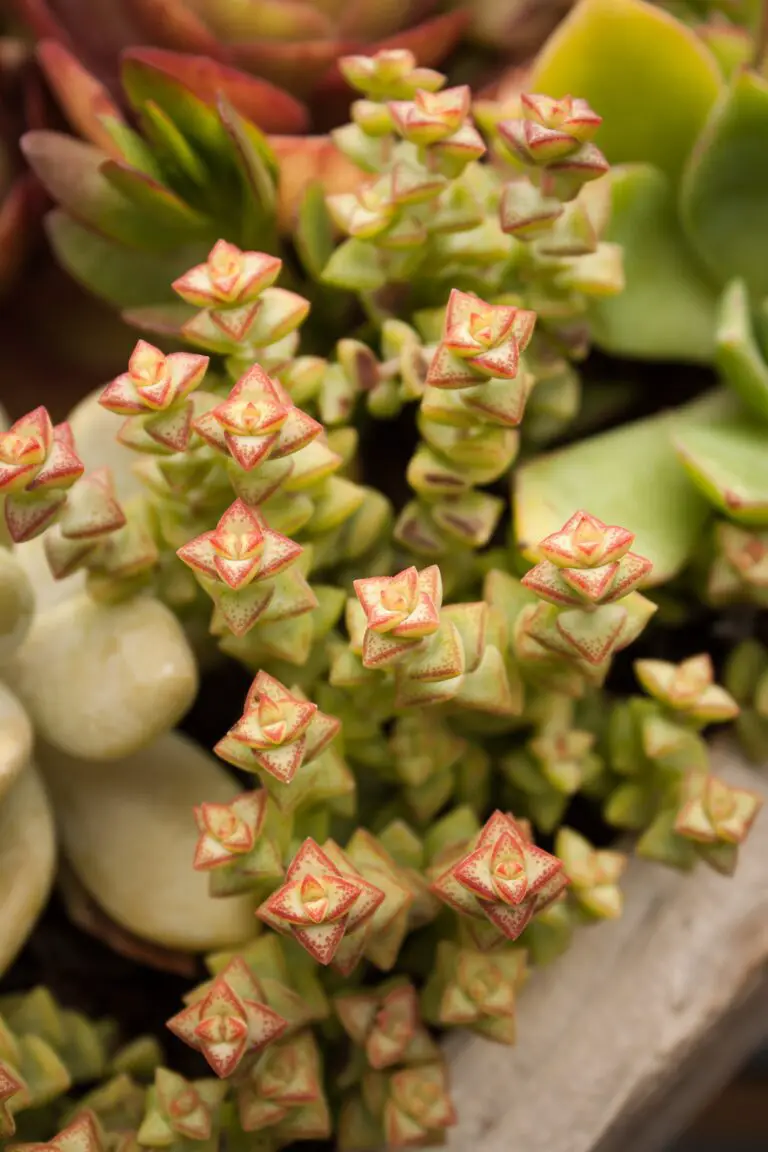
Mastering the Art of Propagation
Ever gazed upon the whimsical foliage of Crassula umbella and wished you could clone these charming beings? Well, budding botanists, it’s your lucky day! Propagating the dainty Wine Cup succulent is not only possible but also incredibly rewarding. Let’s dive into the alchemy of multiplying your darling ‘Wine Cups’ and sip the sweet nectar of success.
First up, you’ll want to arm yourself with a sharp, clean blade. It’s crucial because the precision of your cut can spell the difference between a thriving clone and a wilted memory. Picture this: you’re a skilled surgeon in the green operating room, and your patient is a lush, flourishing Crassula umbella. Always make your cuttings during their growing season, which is like catching the plant on a good hair day; they’re at their peak vigour!
Now, gently cradle the leaf or stem you’ve selected and snip it with confidence. A crucial tip—let the cutting sit for a day or two, allowing it to form a callus. This step is akin to letting a fine wine breathe; it preps the plant’s defenses against any pesky pathogens.
Once your cutting edges have healed like the resilient warriors they are, nestle them into a well-draining soil mix fit for royalty. With a fine mist of water to keep the conditions just right, you’ve set the stage for growth. And here’s where patience is truly a virtue. Within a few weeks, if you’ve balanced the scales of moisture and light like an expert, you will witness the birth of new roots!
Remember, it’s not a race; it’s a journey. Each new root is a triumph, a testament to your nurturing prowess. As they strengthen their grip on their new earthly home, you will find your Crassula umbella collection flourishing, ready to be shared with the world—or simply adorning every nook of your abode.
The joy of watching your propagation prosper is like uncorking a bottle of fine wine—every new sprout adds to the bouquet of your horticultural achievements. So here’s to the magic of multiplication, where every cut leads to the potential for endless green canopies. Your green thumb is your wand; wield it with wisdom!
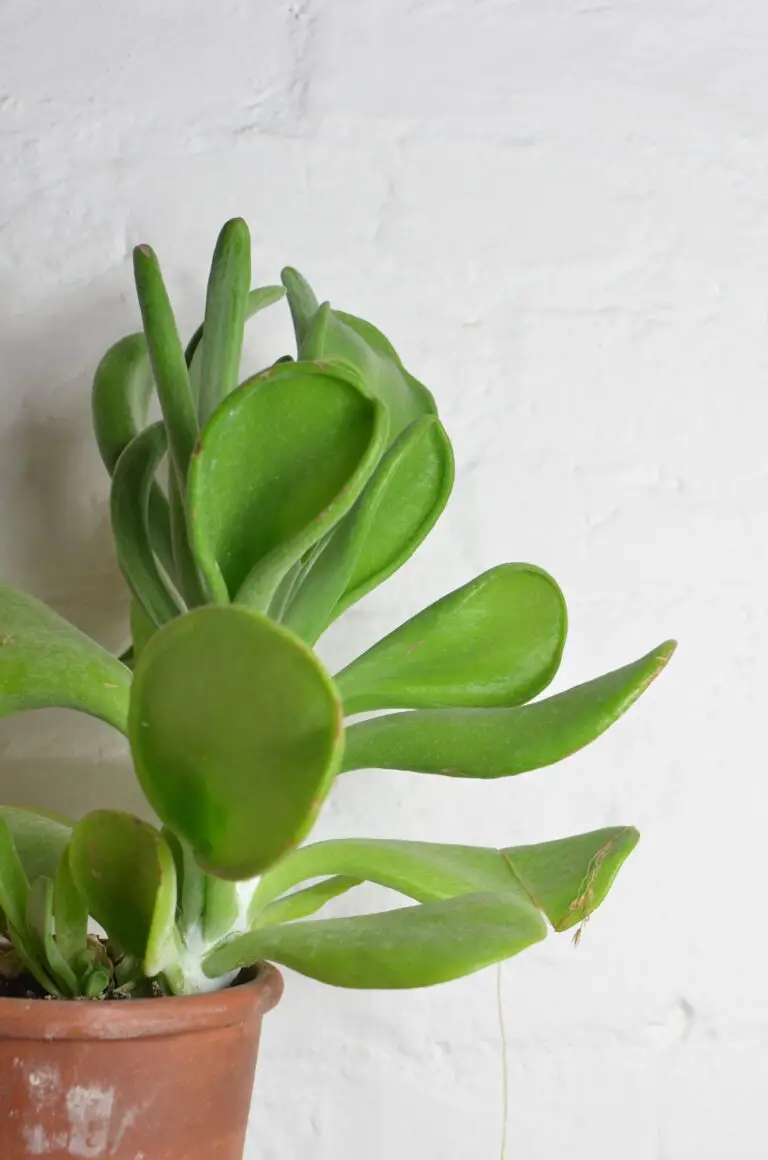
Watering Wisely: Avoiding the Pitfalls of Overwatering and Underwatering
Quenching the thirst of a Crassula Umbella, also known as the Wine Cup Succulent, is akin to walking a tightrope. It’s an art of balance that, when mastered, keeps your succulent flourishing. Let’s dive into the ‘do’s and don’t’s’ of watering these captivating plants, ensuring you become a pro at reading the subtle signs of thirst.
Decoding Dryness: When To Water Your Succulent
The first rule of thumb is to check the soil. If it’s dry an inch down, it’s time to water. But what does that really mean for your day-to-day care? Imagine the dry, arid habitats where Crassula Umbella naturally thrive – they’re accustomed to a feast-or-famine water cycle. So, it’s simple: just like you’d only refill your glass when it’s empty, water your succulent when its ‘glass’ – the soil – is parched.
Your plant’s leaves can be telltale indicators, too. If they start to resemble a deflated balloon, it’s a sign they’re dehydrated and begging for a drink. On the contrary, if you notice them growing transparent or feeling squishy, hold off on the watering can – these are SOS signals for overwatering.
Puddles vs. Sips: Perfecting the Watering Technique
Let’s set the scene: you’ve timed it right, and your succulent is ready for hydration. Now, how much water does it take to satisfy a thirsty Crassula Umbella? Here’s where the ‘little and often’ approach fails miserably. Instead, think of watering like a downpour in the desert – thorough and infrequent. Drench the soil until water runs out of the drainage holes, then let the soil dry out completely before the next watering session.
Imagine your succulent as a plump grape, not a raisin, but never a waterlogged sponge. Essentially, you’re aiming for a happy medium where the soil moisture level is just right – it’s the Goldilocks zone for succulents.
Let’s put our knowledge into practice. The following video offers practical insights into watering your succulent the right way. Pay attention to the step-by-step guidance to ensure your Crassula Umbella receives the perfect amount of water.
Preventing Pests and Battling Diseases
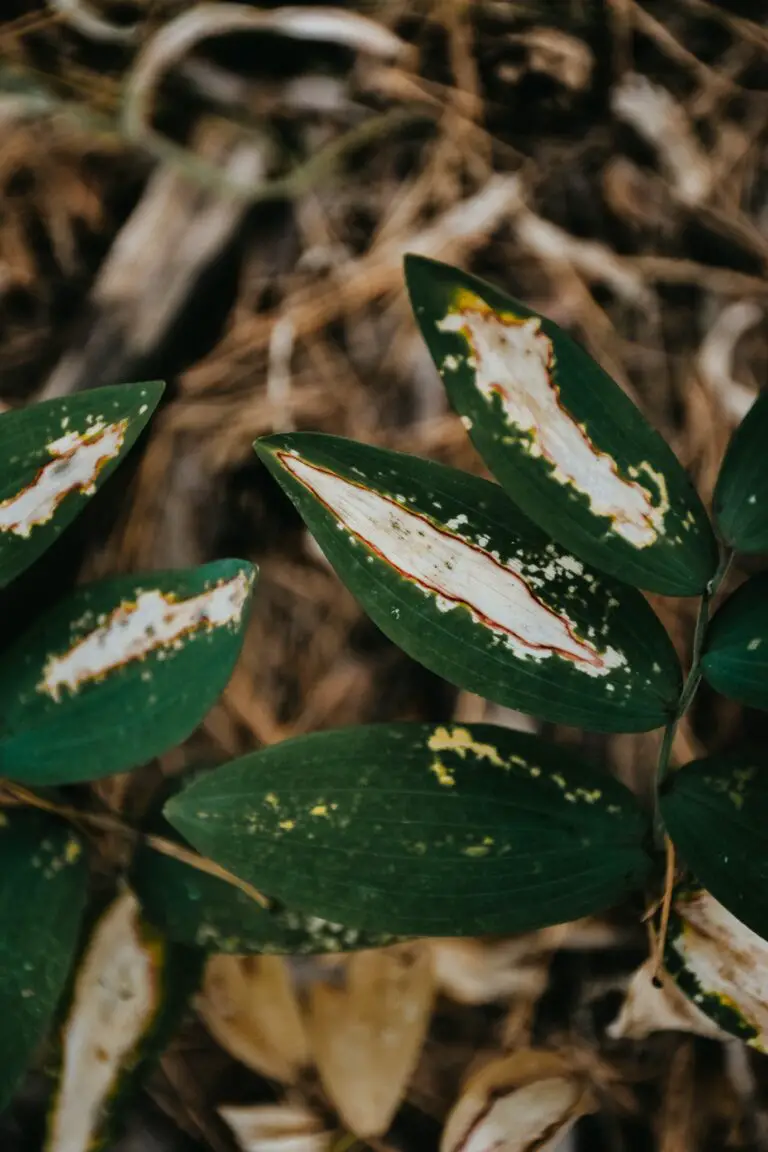
Identify the Culprits: Common Pests of Crassula Umbella
Imagine waking up to find your cherished Crassula Umbella succulent, also fondly known as the Wine Cup, suddenly wilting or sporting unsightly marks. Often, the culprits are pests that view your plant as their next great feast. Aphids, mealybugs, and spider mites find the fleshy leaves of the Crassula Umbella irresistible and can quickly turn it into their new breeding ground. Vigilance is key! Inspect your plant regularly, especially under the leaves and near the soil, where these pesky creatures like to hide.
Proactive Defense: Preventing Infestations
Maintaining a strong defense is your best strategy to keep these invaders at bay. Keep an eye on the company your plant keeps; new plants introduced to your garden could be Trojan horses, hiding unwanted guests. Quarantine newcomers until you’re confident they’re pest-free. Also, a stress-free Crassula Umbella is a resilient one. Ensure optimal growing conditions such as proper sunlight, watering, and airflow to keep your plant robust and less vulnerable to attack.
Organic Warfare: Natural Treatment Options
When you do spot trouble, opt for organic solutions before reaching for chemical pesticides. Neem oil, a natural insecticide, can be your first line of defense, effectively disarming pests without harming your plant. Insecticidal soap spray is another eco-friendly alternative that can help evict unwanted guests. Apply these remedies at dusk or dawn to avoid leaf burns and always test a small area first to ensure your succulent reacts well.
The Disease Dilemma: Tackling Succulent Sickness
Diseases can also ambush your Crassula Umbella, with root rot being a brutal adversary, particularly when overwatering occurs. Symptoms to watch out for include yellowing leaves and a blackened base. To combat this, ensure you’re using well-draining soil and only watering when the soil is dry to the touch. Remember, your Wine Cup succulent prefers a drought to a flood. Should root rot invade, it’s time for surgery; remove the affected parts, let the plant dry out, and repot in fresh, sterile soil to give it a fighting chance.
By keeping your eyes open and arming yourself with the knowledge above, your Crassula Umbella will not only survive but thrive, providing a unique touch of greenery to your space for years to come.
FAQs About Crassula Umbella
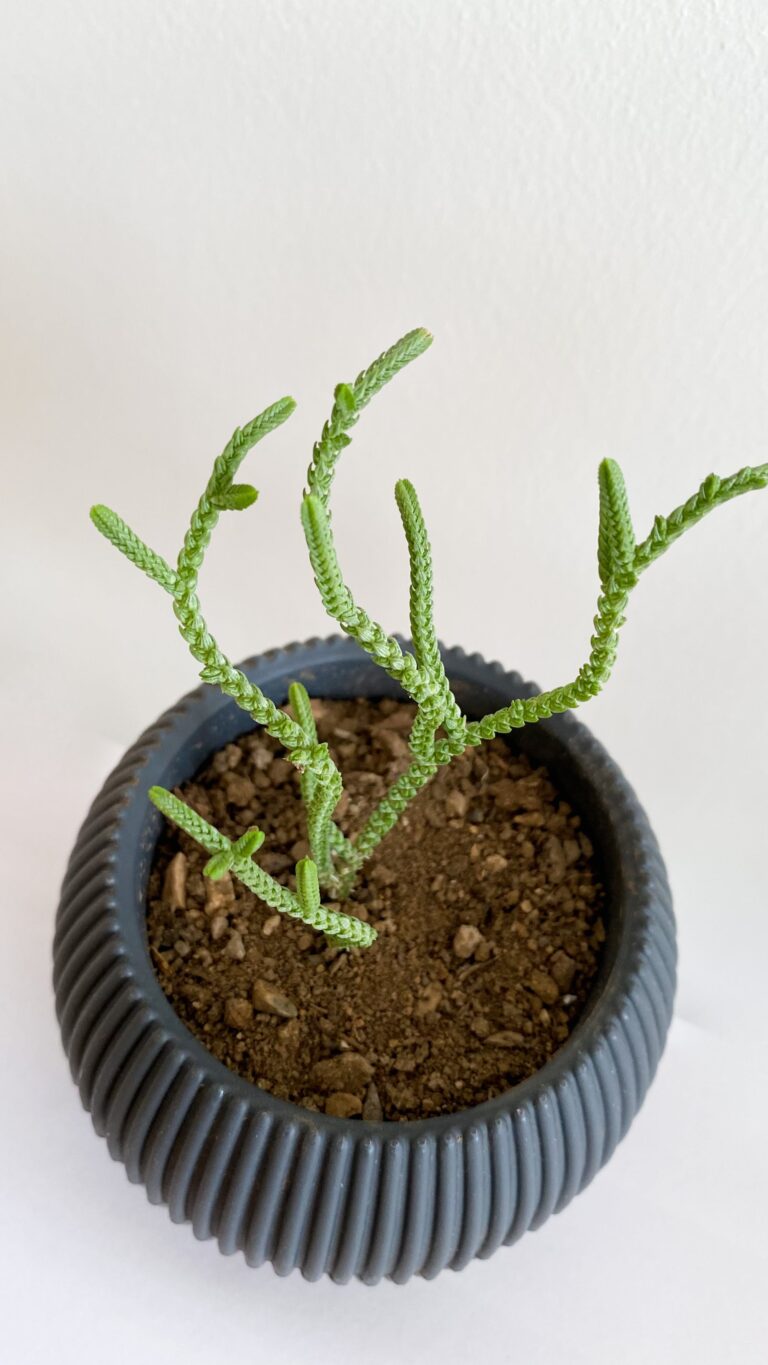
When it comes to keeping your Crassula umbella thriving, you might find yourself wondering about the do’s and don’ts. But fret not! Let’s demystify the common queries surrounding this delightful “Wine Cup” succulent with some real-life examples to get you growing like a pro!
Is Crassula Umbella Hard to Grow?
Absolutely not! Think of Crassula umbella as that laid-back friend who doesn’t need constant attention. With the right balance of sunlight, occasional watering, and love, your plant can flourish with ease. Picture this: a busy professional who forgets to water their plants but finds the Crassula umbella still vibrant — that’s resilience for you!
How Often Should I Water My Wine Cup Succulent?
Imagine your Crassula umbella lounging in a hammock, basking in the occasional rain shower — that’s all the hydration it needs. To be precise, water when the soil feels dry to touch, but not too often, or you’ll have a soggy, unhappy plant on your hands.
What’s the Ideal Light for Crassula Umbella?
Picturing a plant basking in the gentle morning light? That could be your Crassula umbella enjoying its perfect sunny spot. Aim for bright, indirect light—like a sunbeam filtered through your curtain, giving it just enough warmth without a scorch.
How Do I Propagate This Succulent?
Hands-on gardener or not, propagation is a breeze. Clip a healthy leaf, let it callous, and then watch the magic of growth. It’s akin to baking a cake from scratch: a bit of patience and the right ingredients make for a delightful result — more little “Wine Cups” to spread around your space!
When Should I Repot My Crassula Umbella?
Ever felt cramped in a tight space? Your Crassula might relate. Repot when it seems to outgrow its current space — which isn’t very often. Think of it as redecorating your home: a new pot, fresh soil, and your succulent’s roots will have all the room to stretch out and grow.
Keep these tips in mind, and you’ll find Crassula umbella to be more than just a plant; it’s a companion that grows with you, making your gardening journey an utter joy. No query is too small, and remember, each little step leads to a flourishing green thumb!


